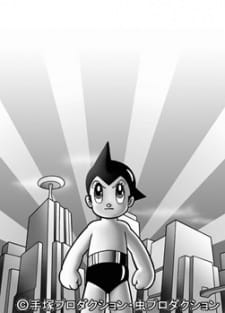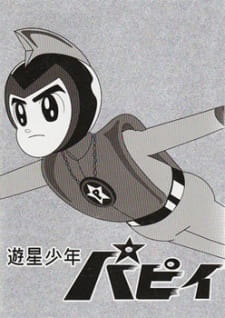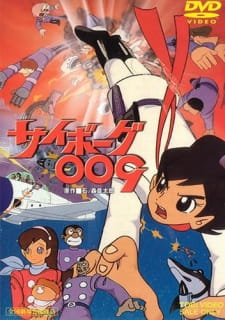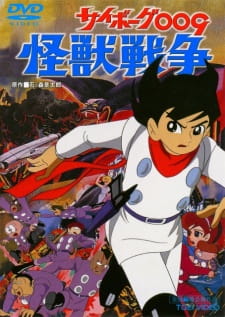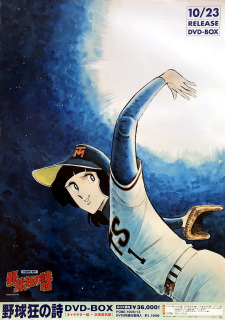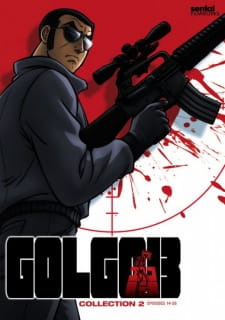Alternative Titles
Synonyms: Sabu & Ichi's Arrest Note
Japanese: 佐武と市捕物控
More titlesInformation
Type:
TV
Episodes:
52
Status:
Finished Airing
Aired:
Oct 3, 1968 to Sep 24, 1969
Premiered:
Fall 1968
Broadcast:
Unknown
Licensors:
None found, add some
Studios:
Toei Animation
Source:
Manga
Demographic:
Shounen
Duration:
25 min. per ep.
Rating:
R - 17+ (violence & profanity)
Statistics
Ranked:
#68772
2
based on the top anime page. Please note that 'Not yet aired' and 'R18+' titles are excluded.
Popularity:
#10421
Members:
3,160
Favorites:
9
Resources |
New Interest Stack
Interest Stacks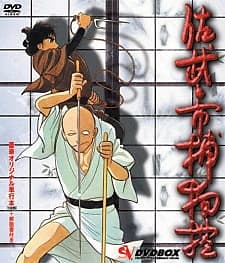 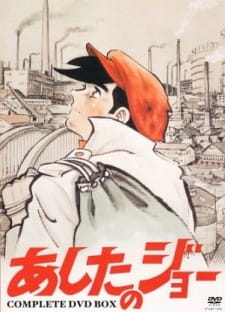 Akio Sugino is hailed as one of the most prominent animation directors and character designers in the industry, known in Japan as one half of anime's "golden combo" alongside Osamu Dezaki. Their frequent collaborations led to many of the early defining works in the medium, and are iconic masterpieces that have significantly held up over time. Sugino's output was integral to legitimizing anime as an art form and turning itself more distinct from Western animation, evolving and reimagining his Mushi Pro, Tezuka-inspired roots. 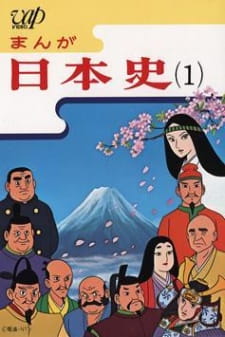 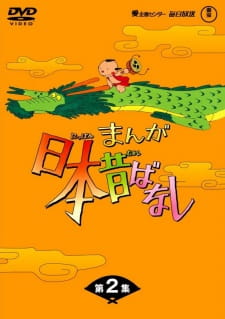 Collection of historical semi-realistic (minimal fantasy) or realistic (no superpowers or fantasy) works that detail the historical events of Japan or daily life of people in Japanese historical context. 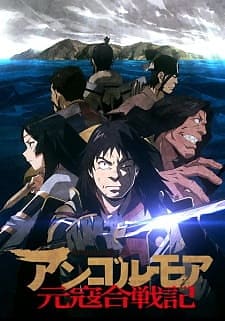  Imagine you've just watched "Harakiri", or perhaps "Yojimbo", and now you're thinking to yourself: "I wonder how Samurai Cinema would translate into anime" - Next you're scrolling the anime database, and you've searched for anime with the theme "Samurai", only to be met with entries containing people spitting fireballs, and giant robots shooting lasers. 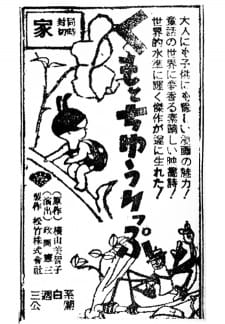 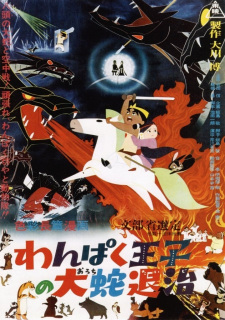 from here: 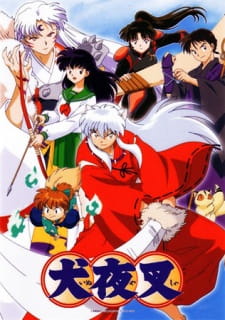 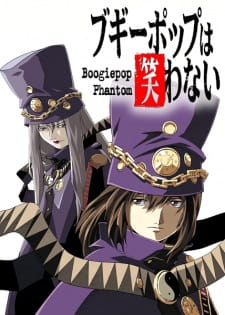 A collection of anime released from January 1963 to January 2000 that still have something of an appeal. For better or worse. 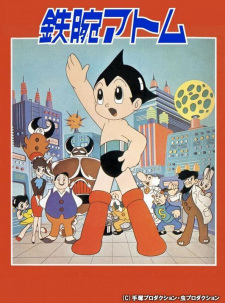 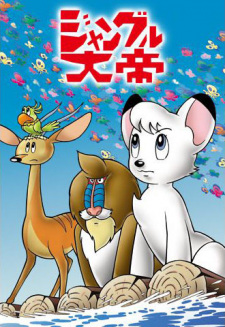 Rintaro is the pseudonym of Shigeyuki Hayashi, a well-known director of anime. He works frequently with the animation studio Madhouse (which he co-founded), though he is a freelance director not employed directly by any one studio. He began working in the animation industry—at age 17—as an in-between animator on the 1958 film Hakujaden. His works have won and been nominated for multiple awards, including a nomination for Best Film (Metropolis) at the 2001 Festival de Cine de Sitges. 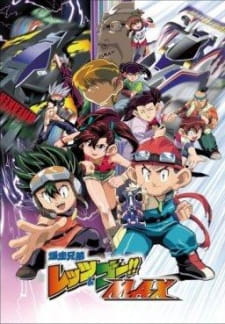 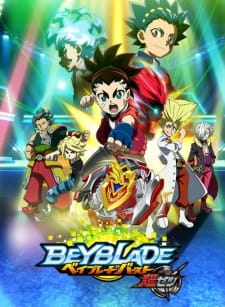 Anime that ran for approximately a single year. Episode counts including 45-55. Japanese anime only. 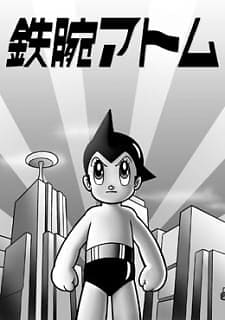  A basic recommendation of anime classics starting from the important year 1963 when Astro Boy debuted. Only one anime per franchise allowed, and selection is partly based on watchability, so you can get right into what seems interesting. |
Sabu to Ichi Torimono Hikae
Sabu & Ichi's Arrest Warrant



